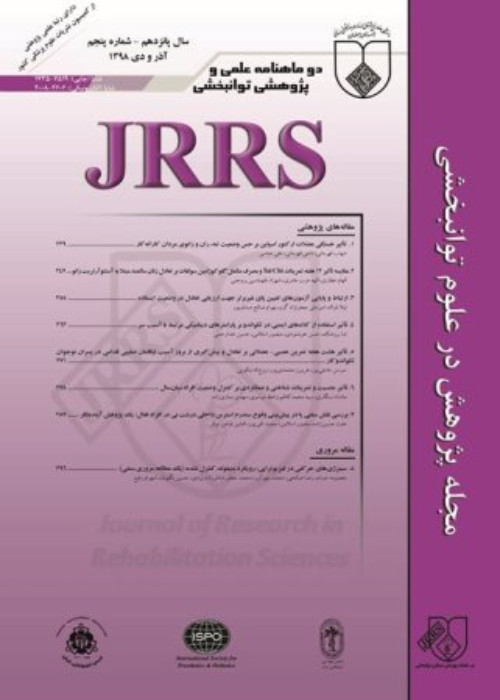Comparison of Single-Channel and Multi-Channel Cochlear Implants in Terms of Encoding Strategy and Speech Understanding: A Systematic Review
Author(s):
Abstract:
Introduction
The term channel in cochlear implant systems refers to the number of stimulation sites within the inner ear or cochlea that determines the range of frequencies or pitches. Unlike single-channel cochlear implant, a multi-channel cochlear implant system divides the incoming signal into various frequency bands, and then, transmits it to various stimulation areas within the inner ear. Having more stimulation sites entails two main goals: 1- As the auditory nerve fibers in the cochlea are tonotopically organized, higher number of electrodes leads to better frequency separation; 2- The areas in the cochlea with inappropriate or no response to electrical stimulation will be avoided in the programming of the device, and the components of the processed input frequency will accompany the stimulation. The goal of the present study was to compare the frequency encoding strategy and its effect on speech understanding of the recipients of single-channel and multi-channel cochlear implant systems.Materials And Methods
Published researches were identified by reviewing scientific databases (PubMed, Science Direct, and Google Scholar) from 1965 to 2016 using relevant keywords. The researches were selected based on the inclusion and exclusion criteria.Results
Single-channel cochlear implants encode the frequency based on the rate of firing of electrical impulses. Multi-channel cochlear implants ýuse the spatial strategy theory for frequency encoding, wherein the different frequencies of the auditory signal are separated and presented in a tonotopic manner along the length of the cochlea via the electrode array. The spatial and temporal encoding of the sound frequencies can be partly replicated by multi-channel stimulation of the auditory nerve. Encoding strategy in multi-channel cochlear implant consists of feature extraction and wave form. The resulting speech understanding of the single-channel and multi-channel systems was also assessed.Conclusion
Based on the findings, it can be concluded that single-channel cochlear implant systems with temporal encoding of frequency do not adequately convey speech information, whereas multi-channel cochlear implants ýhave more similarities to the tonotopic map of the cochlea and provide a better speech understanding in comparison to single channel devices.Keywords:
Language:
Persian
Published:
Journal of Research in Rehabilitation Sciences, Volume:12 Issue: 6, 2017
Pages:
370 to 377
magiran.com/p1730626
دانلود و مطالعه متن این مقاله با یکی از روشهای زیر امکان پذیر است:
اشتراک شخصی
با عضویت و پرداخت آنلاین حق اشتراک یکساله به مبلغ 1,390,000ريال میتوانید 70 عنوان مطلب دانلود کنید!
اشتراک سازمانی
به کتابخانه دانشگاه یا محل کار خود پیشنهاد کنید تا اشتراک سازمانی این پایگاه را برای دسترسی نامحدود همه کاربران به متن مطالب تهیه نمایند!
توجه!
- حق عضویت دریافتی صرف حمایت از نشریات عضو و نگهداری، تکمیل و توسعه مگیران میشود.
- پرداخت حق اشتراک و دانلود مقالات اجازه بازنشر آن در سایر رسانههای چاپی و دیجیتال را به کاربر نمیدهد.
In order to view content subscription is required
Personal subscription
Subscribe magiran.com for 70 € euros via PayPal and download 70 articles during a year.
Organization subscription
Please contact us to subscribe your university or library for unlimited access!


